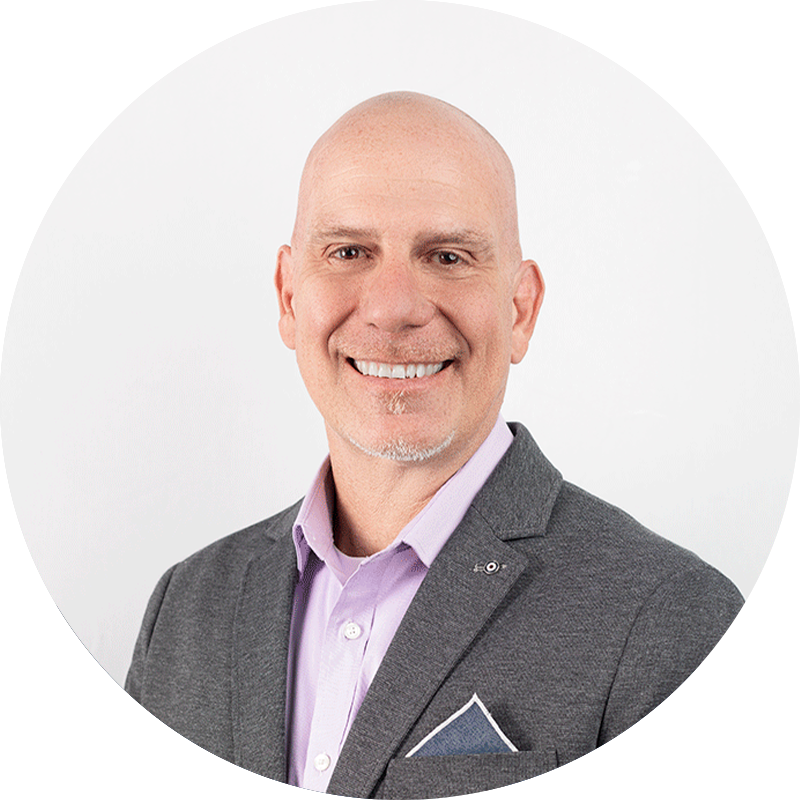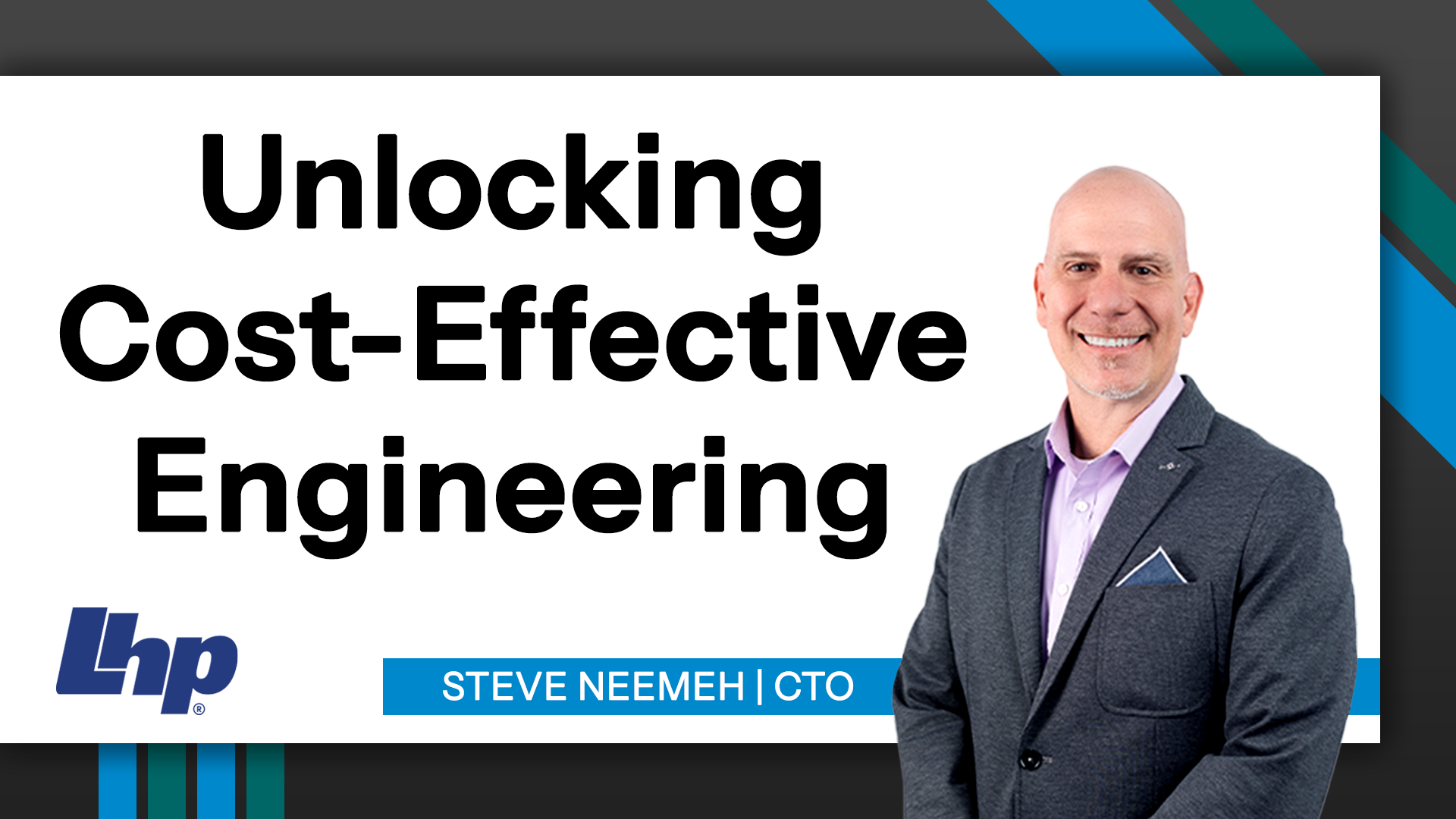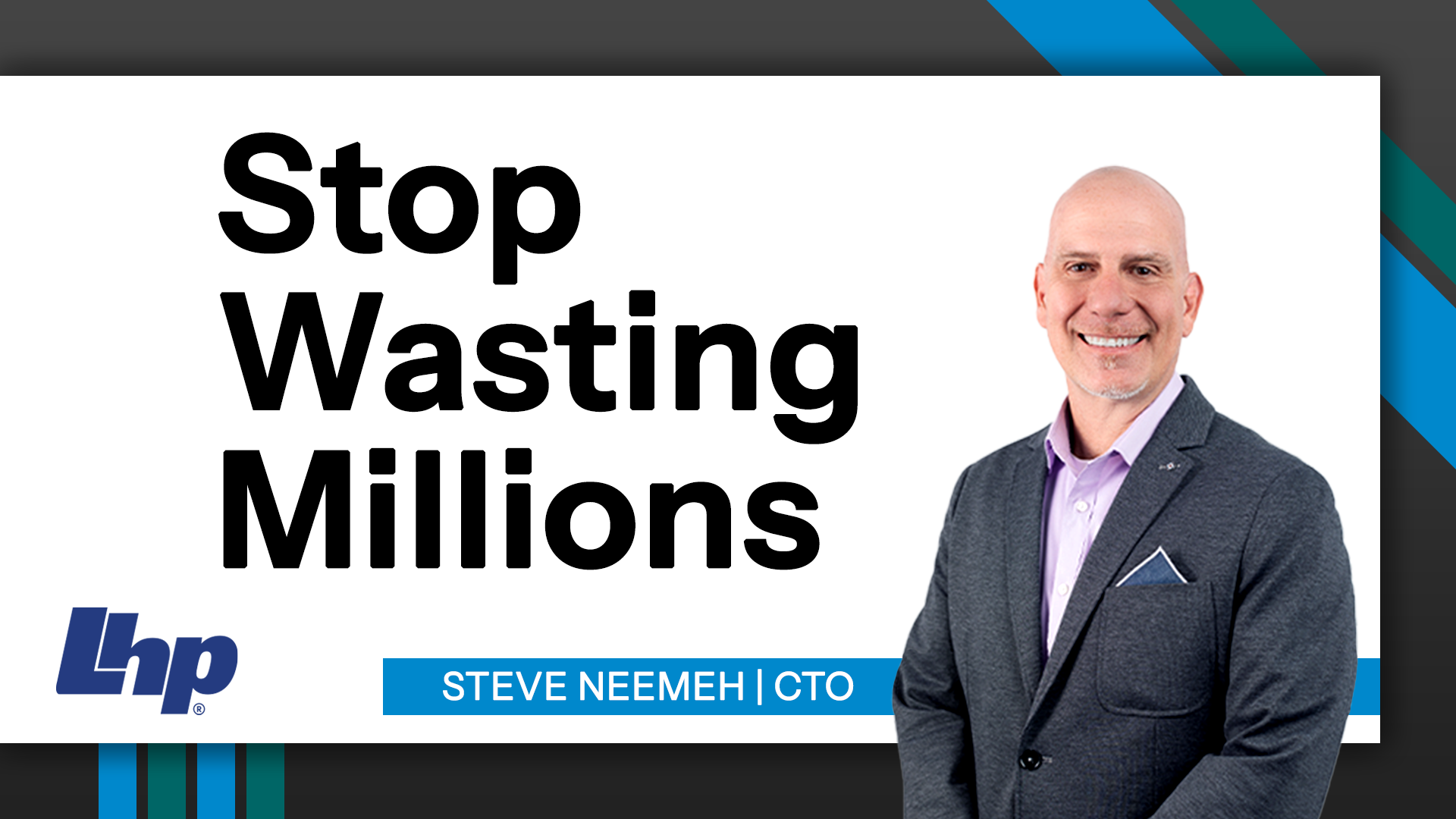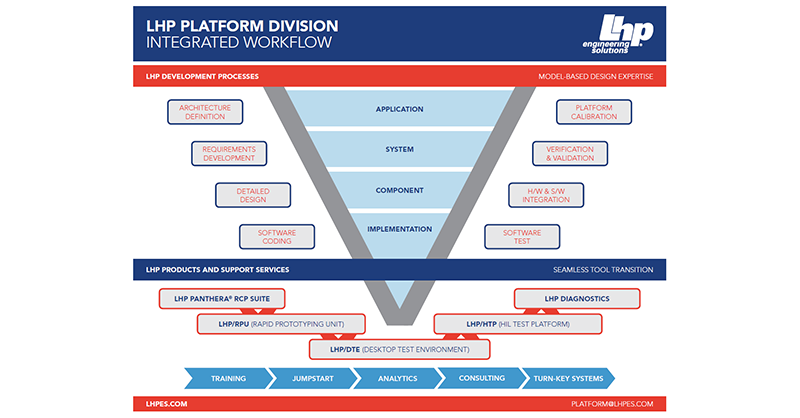Stop Wasting Money: The Simple Truth that Could Save Your Engineering Budget Millions
{% video_player "embed_player" overrideable=False, type='hsvideo2', hide_playlist=True, viral_sharing=False, embed_button=False, autoplay=False,...
Unlock Engineering Insights: Explore Our Technical Articles Now!
Discover a Wealth of Knowledge – Browse Our eBooks, Whitepapers, and More!
Stay Informed and Inspired – View Our Webinars and Videos Today!
Exploring the future of software-defined vehicles through expert insights.
3 min read
 Steve Neemeh
:
Nov 13, 2024 11:00:00 AM
Steve Neemeh
:
Nov 13, 2024 11:00:00 AM

Table of Contents
Visit our YouTube Channel for more content here.
Hi, this is Steve Neemeh with another installment on how to create a truly low-cost engineering organization that's high-performing for the 21st century.
Keeping in mind the 20th-century solution is to just find cheaper engineers, and we believe that there are better ways to do that.
Today's topic is the power of data analytics.
Log into your social media, Google something, buy something, and you have given your data up to a multitude of places, and you've signed off on that just by having an iPhone and or a Samsung phone and actually using any of the apps.
It knows what you like to buy.
It might; it knows where you eat.
Your data is out there.
It knows what kind of car you drive; it knows where you like to vacation.
And it feeds that right back at you to optimize their algorithms and their sales process.
And by they, I mean people selling advertising to you or product placement and so on.
Now, let's bring that back to engineering.
Imagine an industrial organization, 50 years old, with a multitude of products, dozens of skews, and all this data for 50 years that was used to design, build, optimize, and service these products that don't exist in digital space.
Now imagine what could be done if that did exist in the digital space.
Imagine what engineers could do if they knew the knowledge of a generation before them.
As it stands today, those are in, if we go way back, blueprints or servers or files or Word documents, and ultimately lost when those people retire.
Now, imagine if you could capture that and have the next generation of engineers use that information or constrain them so that they don't actually make mistakes.
And in some form that exists today, I worked in an organization where you design an ECU, you design some kind of controller, and they've got process templates with everything it ever took to create a controller down to what kind of EMI testing and cabling and troubleshooting tools and software development processes all laid out for me to actually quote as a project engineer.
Now, the flaw in that, though, is that I had to go through those line by line, item by item.
There's obviously a much better way with analytics to actually pre-build these kinds of templates and actually populate them based on the know-how of what kind of product that is, how close it is to other products, and exactly what the intent is of the final product.
There's a real technical and safety example for this.
The 737 Boeing was designed in 1965.
The Boeing Max 737 was designed and service in when the service in 2017 and subsequently crashed in 2018 and 2019.
Between those two product variants, which are 95% similar, 52 years of engineering V and VFAA review DO178, ARP4754, and DO254 documentation was available.
But somehow, with all that data, a safety case was missed, and people's lives were lost.
So now imagine 52 years of information data, safety cases, reviews DO 178 templates and processes, ARP 4754 DO 254, and fault hazard analysis information loaded into a database.
And when you get a new variant, you can preload the safety cases or at least accompany the engineer and ensure he doesn't miss any safety cases.
In the safety-critical space, it's often about throwing more bodies, more reviews, and more processes on top of existing products to make sure it's safe.
And it's very understandable.
However, if you can predict where the mistakes are, and you can ensure they aren't repeated ever, then you build on that over time to the point where all you have left is innovation, and AI is controlling your safety, your safety case.
That's a world that's far under the future potentially, especially when it comes to highly regulated industries, but it's a world that will exist.
So it's not about doing more, it's about not doing it again.
And that's where your true savings come in, and your dollars are maximized towards innovation.
That's your $1,000,000 minute.
If you like these kinds of videos, go ahead and subscribe, like and comment.
Maybe we can create a forum where we can discuss the topic.
Thanks.

{% video_player "embed_player" overrideable=False, type='hsvideo2', hide_playlist=True, viral_sharing=False, embed_button=False, autoplay=False,...

LHP Engineering Solutions will be exhibiting at the 23rd annual NI Week in Austin, Texas, at the Downtown Convention Center, May 22- May 25. LHP is...

How to Transform Your Engineering Organization with LHP LHP Engineering Solutions was founded in 2001. Our mission is to provide our customers in the...